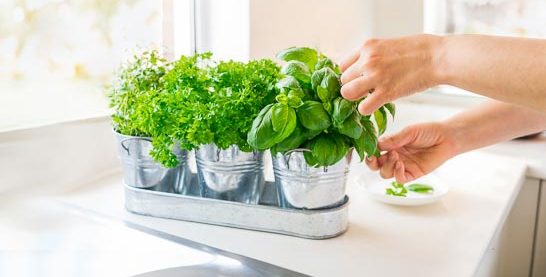
Bring on the basil
Basil is a culinary herb, with a variety of cultivars, used in cuisines worldwide. Easy to grow from seed or propagated stalks, it thrives in warm, moist conditions, thriving in gardens, raised beds, pots, and hanging baskets.
In Western cuisine, the generic term “basil” refers to the variety also known as sweet basil or Genovese basil, which is the most widely grown and used in New Zealand.
Thai basil is another cultivar, as are lemon, and holy basil, each adding distinctly different tastes to recipes. Sweet basil is one of the most popular basils for culinary use, particularly for its use in pesto, and the traditional Genovese sauce used on pasta. Thai basil may sometimes be called anise, or licorice basil, referencing its anise and licorice-like scent and taste. Holy basil (India’s tulsi) has a spicy, peppery, clove-like taste, is widely used for culinary, medicinal, and religious purposes.
Thai basil is native to Southeast Asia, popular for its slightly spicy taste. A pretty plant, it has small, narrow leaves, purple stems, and pink-purple flowers, and is widely used in Thai, Vietnamese, Lao, and Cambodian cuisines. Lemon basil, also known as Thai lemon basil, has undertones of lemon in scent and taste. Grown primarily in northeastern Africa and southern Asia, it is a popular herb used in Arabic, Indonesian, Filipino, Lao, Malay, Persian, and Thai dishes, including extensively in soups, stews, curries, and stir-fries.
Tips for growing
- Basil thrives in moist soil, so check moisture levels often and water deeply once the top 2-3cm becomes dry.
- Place plants where they will get at least six hours of direct sunlight a day.
- Use fertiliser sparingly.
- Once plants reach 10 – 15cm tall, pinch off the topmost branches to promote more side shoots and a taller plant overall.
- Propagate from stem cuttings in water.
- Pinch off flower clusters when they form to prevent plant from going to seed.
- Harvest once a week to develop side shoots, and a bushy plant.
- Towards the end of autumn, leave basil to flower and collect the seeds for the next season.
- Sow seed in doors in spring for a summer harvest.




